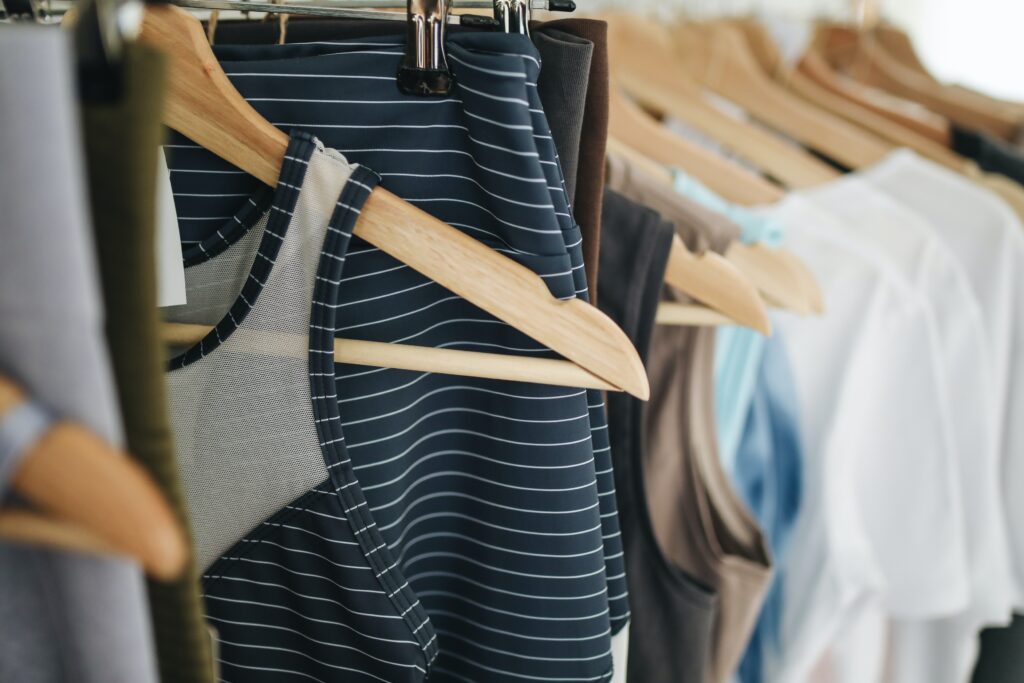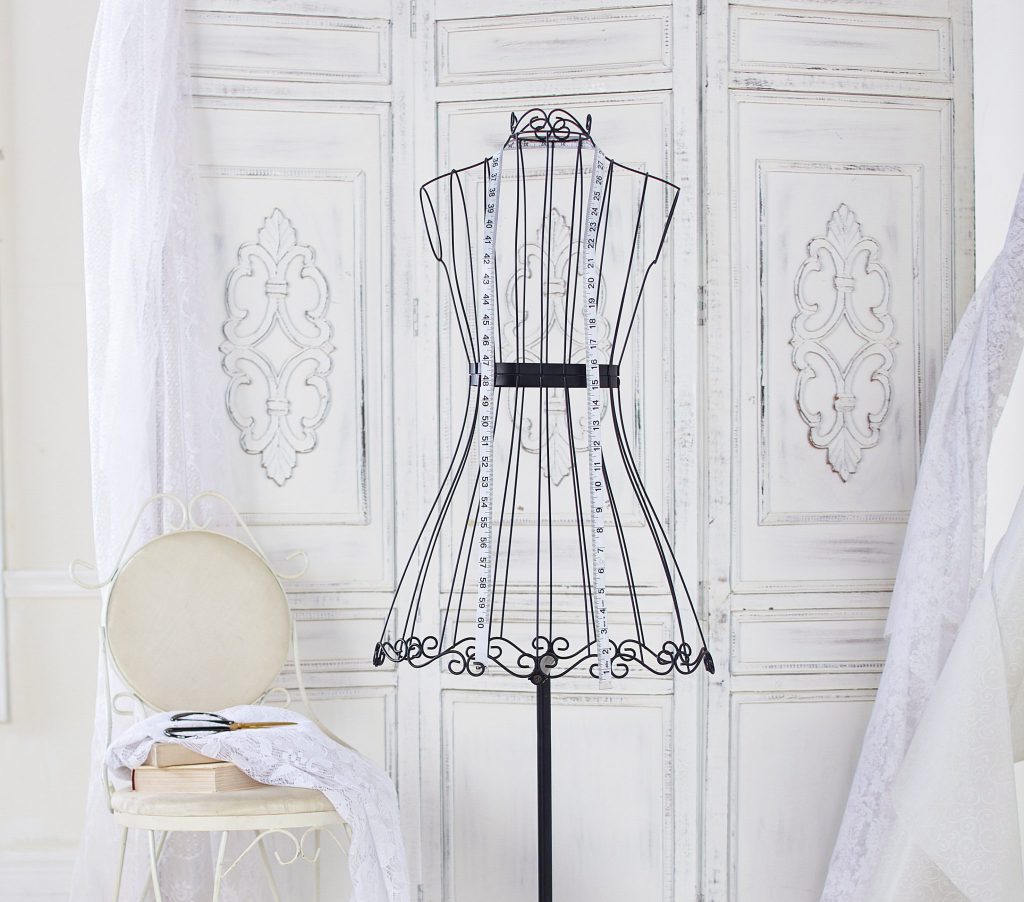
Dear Fashion: Let’s Step Up and Get Aligned
In a recent opinion editorial with WWD, CEO Colin Browne argues fashion needs to take more serious and coordinated action on sustainability. Read the highlights here!
Brand & Retail Tools
Identify opportunities for continuous sustainability improvement in company operations
For brands and retailers of all shapes and sizes throughout the textile, apparel and footwear industry



How It Works
The Higg Brand & Retail Module (Higg BRM) aligns with relevant frameworks and regulations in the industry, such as Textile Exchange’s Material Change Index, and the ZDHC Brands to Zero program. In doing so, brands and retailers can build consistent corporate sustainability strategies to deliver more effectively on their ESG goals and industry needs.
Key Benefits
The Higg BRM aims to set the global standard for transparency and be the leading industry-specific ESG framework
Get Started with the Higg BRM
Manufacturers and SMEs can use the Higg Index tools without formally becoming a member of Cascale. However, as a member, you receive access to exclusive community support, educational experiences and collaborative opportunities.

Resources
Cascale (formerly the Sustainable Apparel Coalition) has launched the latest version of the Higg Brand and Retail Module (BRM), part of the Higg Index suite of tools. This update reflects Cascale’s commitment to continuously evolving, updating, and refining the Higg Index to meet the needs of members, users, and the industry.
So many of us appreciate how much the natural world means to our mental and physical health. But as nature nears a tipping point, there’s now so much more at stake.

The SAC has invested in a major update of the tool which will feature a new assessment structure and updated methodology, underpinned by a due diligence approach.